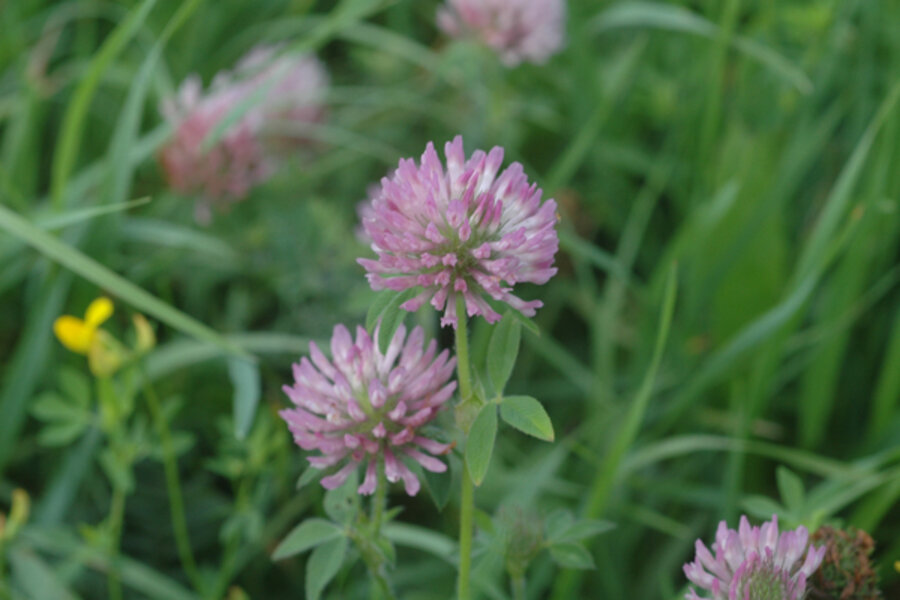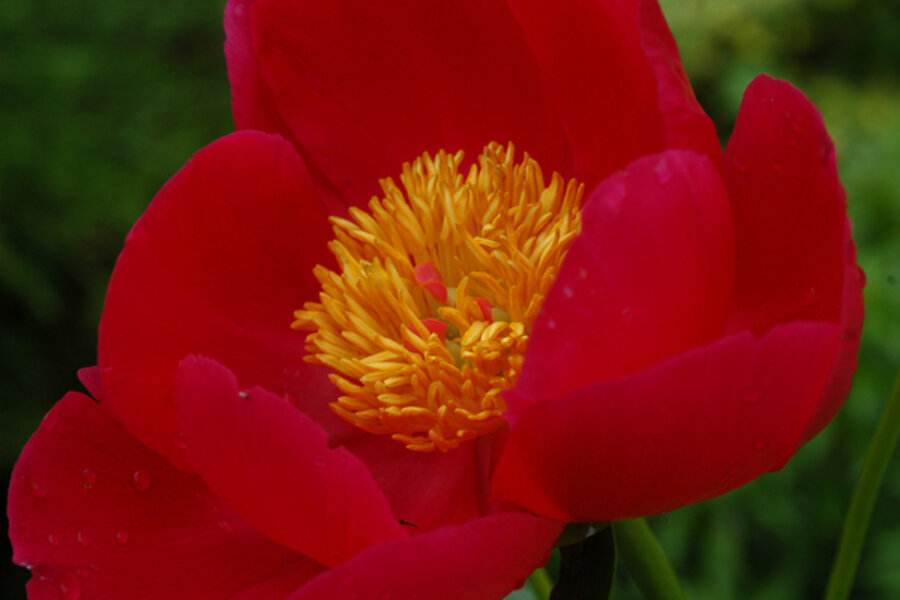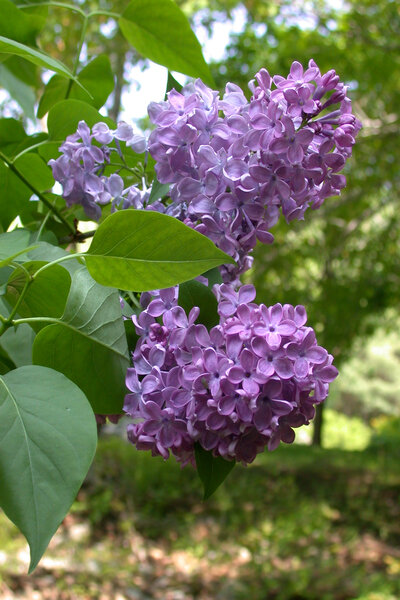Many official state flowers aren't native plants
Loading...
Our field, until a farmer cut it recently, was dotted with red clover, Trifolium pratense. In addition to being a good insectary crop and green manure, red clover is used for forage and silage.
A rich source of isoflavones, chemicals that act like estrogens, it has medicinal uses as well.
Oh, yes, it’s also Vermont’s state flower, chosen over “the daisy, trailing arbutus, the posy, mayflower, and the buttercup,” in a public vote in 1894.
Of the 50 state flowers, red clover is surely the most modest, a perfect match for Vermonters, who are famous for monosyllabic speech. What other state would inspire a book titled "Yup…Nope and Other Vermont Dialogues"?
Vermonters are protective of their status — anyone not born here is referred to as a “flatlander” — so it’s surprising that our state flower isn’t a native, which is usually defined as a plant growing in North America before colonization. Red clover is indigenous to Europe, Asia, and Africa, not New England.
Non-native state flowers
Most states have chosen native species as their state flowers, but Vermont’s not the only state to pick an exotic, or introduced, plant. In 1919, New Hampshire claimed the purple lilac, Syringa vulgaris, as its state bloom. Common lilacs were early immigrants to North America, but are native to Europe.
Indiana went even farther afield and chose the peony, Paeonia lactiflora, in 1957. There are two peonies native to the coastal mountains of North America, but the peony Indiana claims comes from China. (For the record, the peony is Indiana’s fourth state flower, the successor to the carnation, the tulip tree flower, and the zinnia.)
This native/non-native issue hasn’t raised eyebrows in most states, but Auburn University professor Oneal Smitherman campaigned until his death last spring to have the Alabama azalea (Rhododendron alabamense) named the state flower, replacing the Asian-born Camellia japonica. (The camellia was selected in 1959, replacing goldenrod, the original state flower, which many Alabama gardeners considered a weed.)
Smitherman’s proposal is “undergoing evaluation for legislative action,” as one newspaper put it, which probably means that Smitherman will be remembered for his monumental work preserving and spreading native azaleas throughout Alabama, not for changing the state flower.
Other state symbols
But what a better legacy than that of the legislators in Utah who recently selected the semiautomatic Browning M1911 as the state gun. It’s one of Utah’s more than two dozen symbols, which includes a state star (not to be confused with the state astronomical symbol) and state rock (not to be confused with the state gem and the state mineral).
My favorite is the state cooking pot — the Dutch oven — a category that’s almost enough to make me feel good about Utah.
Vermont does not have an official state gun, although it would surely be the deer rifle if put to a vote. To keep things that way, I’ll stop complaining about red clover being our state flower, even though it’s a flatlander.
Editor's note: Here's a list of all the state flowers.
-----
Karan Davis Cutler blogs regularly at Diggin’ It. To read more, click here. She's a former magazine editor and newspaper columnist and the author of scores of garden articles and more than a dozen books, including “Burpee - The Complete Flower Gardener” and “Herb Gardening for Dummies.” Karan now struggles to garden in the unyieldingly dense clay of Addison County, Vt., on the shore of Lake Champlain, where she is working on a book about gardening to attract birds and other wildlife.







